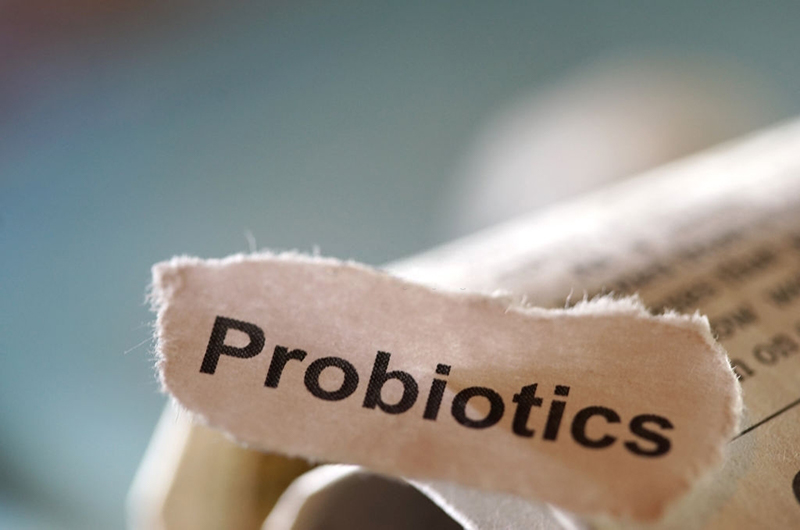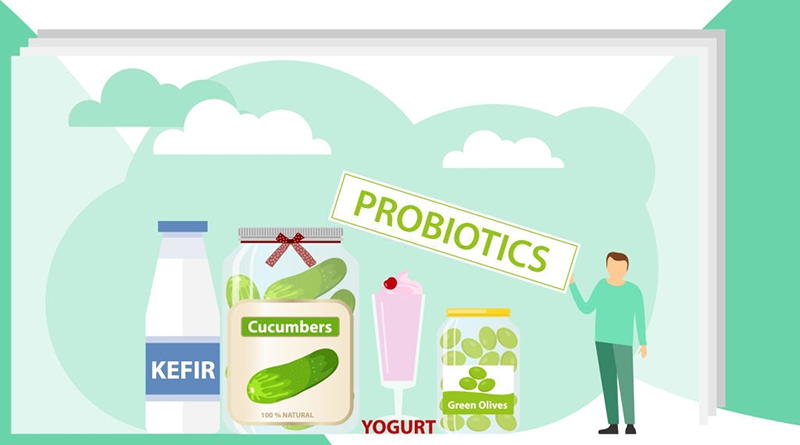A Beginner’s Guide to Understanding Probiotics and Prebiotics
The gut microbiome, the collection of microorganisms that live in our digestive tract, has garnered a lot of attention in recent years. As research continues to unveil the many functions of these microbes, we are learning more and more about their impact on our overall health and well-being. Two terms that are frequently mentioned in relation to the gut microbiome are probiotics and prebiotics. In this beginner’s guide, we will explain what these terms mean, how they differ, and why they are important.
Probiotics
Probiotics are live microorganisms that, when consumed in adequate amounts, confer a health benefit to the host. The most commonly recognized probiotic bacteria are members of the Lactobacillus and Bifidobacterium genera. These bacteria are naturally found in foods like yogurt, kefir, and fermented vegetables. Probiotics can also be taken as supplements in the form of capsules, tablets, or powders.
The health benefits of probiotics are well-established. Research has shown that probiotics can improve digestive health, enhance the immune system, and even have an impact on mental health. Probiotics work by colonizing the gut with beneficial bacteria that can help to crowd out harmful microbes. They can also produce compounds that have anti-inflammatory and anti-cancer properties.
Prebiotics
Prebiotics, on the other hand, are non-digestible fibers that act as food for the probiotic bacteria that live in our gut. Prebiotics are found in many plant-based foods, such as garlic, onions, leeks, asparagus, and bananas. They can also be found in supplement form.
Prebiotics are important because they help to stimulate the growth and activity of probiotic bacteria. By providing these bacteria with the food they need to thrive, prebiotics can help to promote a healthy gut microbiome. Prebiotics can also have other health benefits, such as improving digestion and absorption of nutrients, and reducing inflammation.
Probiotics vs Prebiotics
While probiotics and prebiotics are often talked about together, they are not the same thing. Probiotics are live microorganisms that provide health benefits when consumed in adequate amounts, while prebiotics are non-digestible fibers that promote the growth and activity of probiotic bacteria.
It’s worth noting that not all probiotics are created equal. Different strains of probiotic bacteria have different health benefits, and not all strains are effective for all conditions. Similarly, not all prebiotics are the same; different types of prebiotic fibers can have different effects on the gut microbiome.
How to Get More Probiotics and Prebiotics
The good news is that it’s easy to get more probiotics and prebiotics into your diet. Probiotic-rich foods include yogurt, kefir, kombucha, tempeh, sauerkraut, and kimchi. If you’re looking to take a probiotic supplement, be sure to choose one that contains a diverse range of bacteria strains and has been shown to be effective.
Prebiotic-rich foods include garlic, onions, leeks, asparagus, bananas, oats, and barley. You can also take a prebiotic supplement, but be sure to start with a small dose and work your way up, as too much prebiotic fiber can cause digestive discomfort.
The Bottom Line
Probiotics and prebiotics are important for maintaining a healthy gut microbiome, which in turn can have a positive impact on overall health and well-being. By incorporating probiotic and prebiotic-rich foods into your diet, you can help to support the growth and activity of beneficial bacteria in your gut.
Keep in mind that the best way to promote a healthy gut microbiome is to eat a varied diet rich in plant-based foods, and to avoid processed foods and excessive sugar intake. By focusing on whole, nutrient-dense foods, you can help to cultivate a rich and diverse population of gut microbes that will keep you healthy and thriving.







